Best Gear for Tree Climbing
- July 21, 2023
- 1 comment
Tree climbing can be an exhilarating experience, bringing you closer to nature, challenging your physical abilities, and offering a unique perspective from above the ground. However, it is not something to be taken lightly. It’s essential to equip yourself with the proper gear for both safety and efficiency. Whether you’re an arborist or recreational tree climber, you will need a variety of equipment to ensure your climb is as safe and enjoyable as possible.
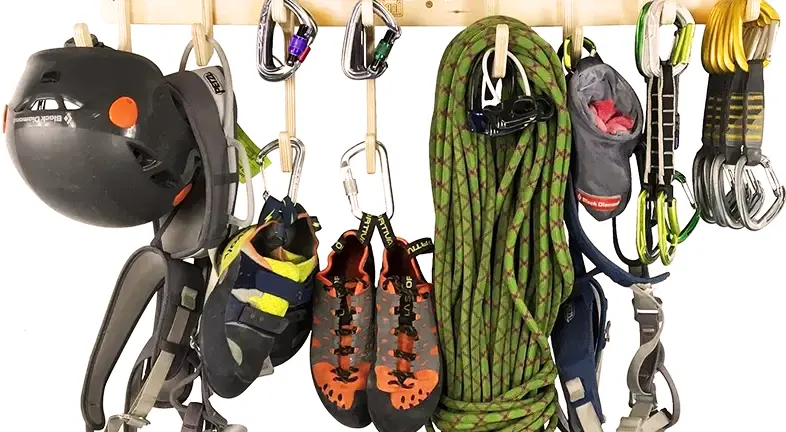
This article will delve into the best tree climbing equipment, breaking down each piece of equipment, its uses, and why it’s a crucial part of your tree climbing arsenal. From protecting your head with helmets to securing your tools with clips, every piece of gear has a role in your tree-climbing journey. Let’s get into it.
1. Helmets
Navigating through the arboreal wonder of the treetops, a tree climber’s best ally often rests atop their very own shoulders – the helmet. This humble piece of equipment, sometimes taken for granted, is the unsung hero of any climbing adventure. It’s an invisible shield, ready to guard against the unpredictable elements of nature.
The importance of a good helmet cannot be overstated. It’s not merely a hat one wears; it is, in fact, a fortress for one’s most vital cognitive machinery – the brain. It provides robust protection from potential head injuries that could occur due to falling branches, unforeseen slips, or sudden collisions with tree trunks or limbs.
Want to gear up like a Pro? Check out our products for the ultimate tree-climbing experience.
2. Safety Glasses
In the grand narrative of safety gear, safety glasses often take the backseat, overshadowed by their more obvious counterparts like helmets or harnesses. However, they are your silent sentinels, providing vital protection for your windows to the world – your eyes. But, safety glasses are not just about serving as a defensive shield; they bring together the elements of comfort, clarity, and comprehensive protection, ensuring you are ready for anything your work or adventure might throw at you.
The secret to effective safety glasses lies in their ability to be forgotten. Yes, you read it right! A good pair of safety glasses should be so comfortable that you almost forget you’re wearing them, even during extended periods of use. This comfort does not compromise the crystal clear vision they must provide under all conditions, from the bright glare of the midday sun to the low-light environments of dusk or dense canopy.
Want to gear up like a Pro? Check out our products for the ultimate tree-climbing experience.
3. Ear Protection
The world of safety equipment sings a complex symphony, with each piece playing its unique, indispensable part. Amidst the crescendo, ear protection stands out as a subtle yet significant note. Often overlooked in favor of more visible gear, ear protection is a crucial component in the ensemble, particularly when exposed to the roar of machinery or the relentless cacophony that sometimes defines outdoor work.
Ear protection comes in varied forms, each presenting its own set of advantages. Consider, for instance, earplugs. These compact guardians are not only easy to carry but also simple to use. Slipping almost unnoticed into your ears, they offer a level of convenience hard to match. Perfect for those on the move, earplugs bring together protection and portability, making them a great choice for those who value simplicity and efficiency.
Want to gear up like a Pro? Check out our products for the ultimate tree-climbing experience.
4. Harnesses
In the world of safety equipment, each piece plays its distinct, irreplaceable role. But when you’re in the throes of the climb, dangling between earth and sky, the harness truly comes into its own. This piece of gear is a silent partner, a stalwart companion that provides a lifeline between you and the towering heights. It is more than just a safety tether; a good harness forms a bridge, unifying the demands of safety, comfort, and practicality.
A well-designed harness is a symphony of balance. It evenly distributes your weight, easing the strain on your body during prolonged climbing. This is crucial as it allows you to move more freely and comfortably, reducing the risk of fatigue and enhancing overall climbing performance.
Want to gear up like a Pro? Check out our products for the ultimate tree-climbing experience.
5. Throwline and Throw Weights
In the exciting realm of tree climbing, the first step of ascension often begins on solid ground with two unassuming yet crucial pieces of equipment: the throwline and throw weights. This dynamic duo forms the very lifeline that sets the stage for your upward journey, weaving a path between the earth and the outstretched arms of the tree.
Throw weights serve as the unheralded heroes of this ascent. Balancing the dichotomy of weight, they need to be heavy enough to elegantly carry your throwline over the targeted branch yet light enough for you to manage with ease. A perfect equilibrium of mass and manageability, the throw weights act as the initial messengers, marking your path among the foliage.
Want to gear up like a Pro? Check out our products for the ultimate tree-climbing experience.
6. DRT Climbing
At the crossroads of adventure and safety in tree climbing, a particular technique stands out – DRT, or Double Rope Technique. This strategy has woven itself into the fabric of climbing culture, offering an innovative approach that enhances both efficiency and safety.
At its core, DRT climbing is a dance of synergy between climber, rope, and tree. Here, your rope gracefully arcs over a branch, cascading back down to your harness. This halving effect transforms your climb, reducing the height you need to hoist yourself. Think of it as an invisible pulley system; for every two feet of rope you pull, you ascend one foot. The challenge of conquering towering heights suddenly seems less daunting, thanks to the ingenious physics of DRT climbing.
Want to gear up like a Pro? Check out our products for the ultimate tree-climbing experience.
7. Foot Ascenders, Knee Ascenders, and Hand Ascenders
Ascending to the heights of towering trees requires more than just raw strength and determination. It’s a pursuit where efficiency is key, and every bit of energy saved can make a significant difference. Enter the trio of ascenders – foot, knee, and hand ascenders – your trusty companions designed to convert your effort into upward movement more effectively.
Foot ascenders bring a new level of power to your climb. These devices cleverly shift the burden of ascent to your legs, utilizing the larger and typically stronger muscles found there. The result? You can ascend with less effort than if you were relying solely on your arms. Each step upward becomes a powerful push against gravity, making your climb not only more efficient but also potentially quicker.
Want to gear up like a Pro? Check out our products for the ultimate tree-climbing experience.
8. Hold-Up Thingies
In the enthralling world of tree climbing, every piece of equipment has a role to play. Some are quite evident, like the harness that holds you secure or the rope that guides your ascent. However, certain elements might seem minor but serve vital roles, affectionately referred to by climbers as “hold-up thingies.” These components, including gear loops, tool clips, and carabiners, may not steal the spotlight, but they are indispensable players in the grand scheme of climbing.
Gear loops and tool clips are the unsung heroes of accessibility and organization. These features provide a convenient resting spot for your handsaw, pruning shears, or other essential tools. Keeping these instruments close at hand, these “hold-up thingies” offer quick and easy access to your tools, making your climb not just safer, but also more efficient.
Want to gear up like a Pro? Check out our products for the ultimate tree-climbing experience.
9. Spur Climbing
When it comes to climbing trees, various techniques allow the climber to ascend towards the canopies. One such method, both heralded for its speed and critiqued for its impact, is spur climbing. This method involves the use of spikes, or spurs, which provide a foothold by digging into the tree’s bark.
Want to gear up like a Pro? Check out our products for the ultimate tree-climbing experience.
10. Lanyards
While the thrill of ascending through a canopy of leaves may be the headline act in tree climbing, there’s an underpinning narrative of safety that plays a critical role in every climber’s journey. Central to this safety narrative is the humble yet crucial piece of equipment – the lanyard.
A lanyard, sometimes also referred to as a work positioning lanyard or safety lanyard, is more than just a length of cord or strap. It’s a lifeline that can make the difference between a stable, safe climb and a risky, unsecured one. The lanyard attaches to your harness and wraps around or attaches to the tree, helping you maintain a secure and stable working position. This additional point of contact offers stability, keeping you safely tethered while allowing for controlled mobility.
Want to gear up like a Pro? Check out our products for the ultimate tree-climbing experience.
11. Friction Savers
In the orchestra of tree climbing equipment, one instrument plays a subtle yet crucial role, hitting all the right notes when it comes to protecting both your gear and the tree: the friction saver. These devices are like silent sentinels, reducing wear on your climbing rope, facilitating smoother movement, and minimizing damage to the tree.
Friction savers, as the name implies, are designed to combat the adverse effects of friction. When deployed over a tree limb, they form a protective barrier between the climbing rope and the tree. This not only extends the lifespan of your climbing rope, sparing it from the abrasive effects of rough bark, but also makes ascending and descending noticeably smoother. The reduced friction allows the rope to glide more freely, making your movements more efficient and less strenuous.
Want to gear up like a Pro? Check out our products for the ultimate tree-climbing experience.
12. Handsaws
Tree climbing is not merely about the ascent to the leafy heights. For many, it’s also a pursuit of maintenance or even artistry, shaping the lofty canopies into forms of beauty or safety. In this aspect of tree climbing, the handsaw takes center stage. These tools, while compact, bring a significant impact, combining elements of design, ease of use, and efficiency to become a climber’s trusted companion.
A good tree climbing handsaw is a marvel of balance. It needs to be sharp enough to cut through branches with ease, yet lightweight enough to be manageable during a climb. Durability is crucial – the harsh environment of the tree canopies is no place for a delicate instrument. The blade needs to be resistant to corrosion and sturdy enough to withstand the rigors of the job.
Want to gear up like a Pro? Check out our products for the ultimate tree-climbing experience.
13. Tool Clips and Harness Accessories
As any seasoned tree climber will attest, a crucial part of the climbing experience is not just the ascent itself, but how smoothly and efficiently they can access their gear during the climb. The heroes in this facet of the adventure are the tool clips and various harness accessories. These small, often overlooked, elements form the foundation of a climber’s convenience and efficiency, turning a harness into a mobile workstation.
Tool clips are simple, unassuming accessories that secure your gear to your harness. They might not be the most glamorous part of your climbing equipment, but their value becomes clear when you’re suspended high in a tree with both hands occupied. They keep essential gear—like handsaws, lanyards, and ascende
Want to gear up like a Pro? Check out our products for the ultimate tree-climbing experience.
14. Bags and Storage
Every tree climber understands the importance of their gear. It’s not just equipment; it’s an extension of their abilities, allowing them to scale trees with ease and safety. However, this gear is only as good as its condition and accessibility. This is where the unsung heroes of climbing come into play – the bags and storage systems.
Want to gear up like a Pro? Check out our products for the ultimate tree-climbing experience.
In conclusion, whether you’re a professional arborist, a recreational tree climber, or someone eager to begin their tree climbing journey, having the right gear is crucial for safety, efficiency, and overall enjoyment.
From helmets and harnesses to ascenders and friction savers, each piece of equipment plays a unique role in a successful climb. Our comprehensive guide should give you a solid understanding of what you need and why.
However, reading about these tools is just the first step. The next is to equip yourself with high-quality gear, and that’s where our affiliate product links come in. We’ve curated a selection of the finest tree climbing gear available, tailored to a variety of needs and skill levels.
By shopping through our affiliate links, you not only equip yourself with exceptional gear but also support our efforts to provide informative, helpful content like this guide. So go ahead, explore our product range and take the next step in your tree climbing adventure. Here’s to safe climbing and breathtaking views from the treetops!
FAQs
- What is the most essential piece of tree climbing equipment?
Each piece of equipment has its own importance, but the helmet and the harness are often considered the most essential. They provide the foundational safety measures for any tree climber. - Can I use rock climbing gear for tree climbing?
While some pieces of rock climbing gear can be used for tree climbing, they are not identical. Tree climbing gear is specifically designed to withstand the unique conditions and challenges of climbing trees. - What is the purpose of a throwline and throw weight in tree climbing?
A throwline and throw weight are used to set your climbing line. The throw weight carries the thin, light throwline over a tree branch, after which you can attach your climbing rope to pull it into position. - What is DRT climbing?
DRT stands for Double Rope Technique. In DRT, the climbing rope goes over a tree limb and back down, so you ascend half the distance you pull, providing a 2:1 mechanical advantage. - Are spur or spike climbing harmful to trees?
Yes, spur or spike climbing can cause wounds to the tree that may lead to decay or disease. Therefore, it’s generally used only in cases where the tree is to be removed. - Can I use any bag for storing my tree climbing gear?
While you could use any large bag, it’s recommended to use a bag specially designed for tree climbing gear. These bags are built to withstand the outdoor conditions and often feature compartments to help organize your gear. - What is a friction saver and why do I need one?
A friction saver is a device that you install at the top of your climbing line. It reduces the wear and tear on your climbing rope and minimizes damage to the tree by reducing the friction between the rope and tree bark. - Do I need both hand and foot ascenders for tree climbing?
While not necessary, having both can increase your climbing efficiency. Foot and knee ascenders allow you to use the larger muscles in your legs to ascend, while hand ascenders can provide an additional boost.
Exploring the best gear for tree climbing? Feel free to share your insights and recommendations about essential equipment, techniques, and safety measures in the comments below. Your knowledge and experiences could be a significant resource for those venturing into tree climbing, helping them make informed choices as they embark on this exhilarating journey!

David Murray
Forestry AuthorI'm David Murry, a forestry equipment specialist with a focus on chainsaw operation. With over 13 years of experience, I've honed my skills in operating and maintaining a wide range of machinery, from chainsaws to log splitters. My passion for the outdoors and commitment to sustainable forestry drive my work, which emphasizes safety, efficiency, and staying updated with industry advancements. Additionally, I'm dedicated to sharing my expertise and promoting environmental awareness within the forestry community.

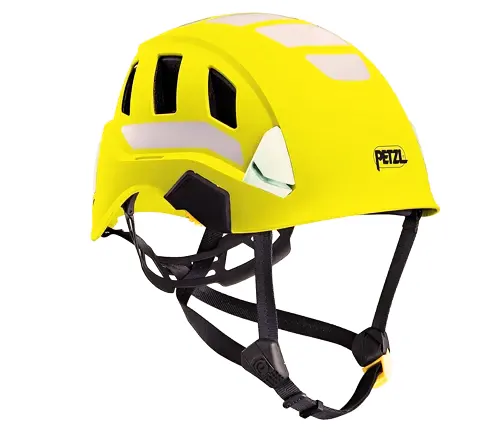
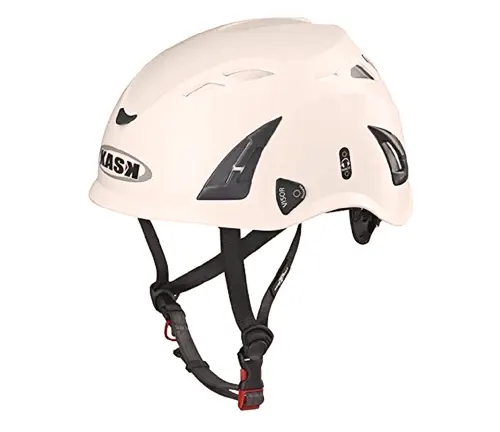
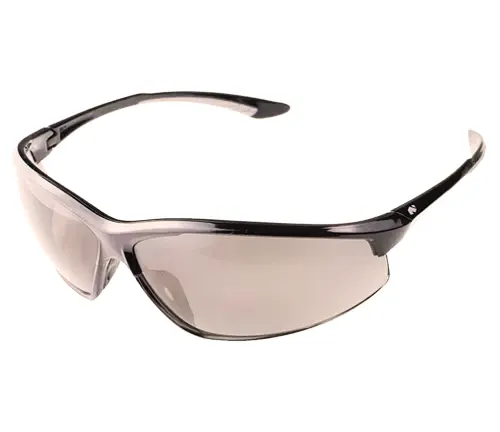
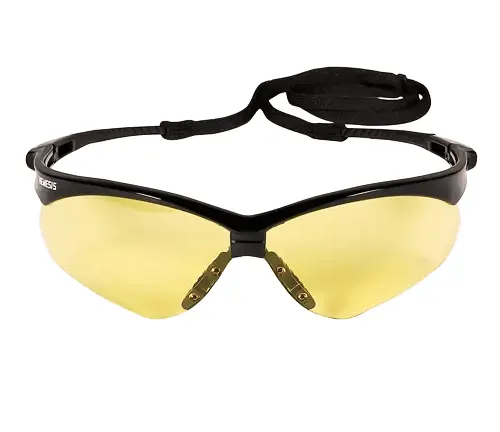
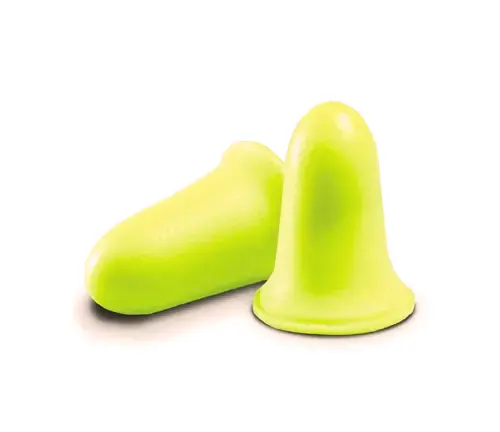
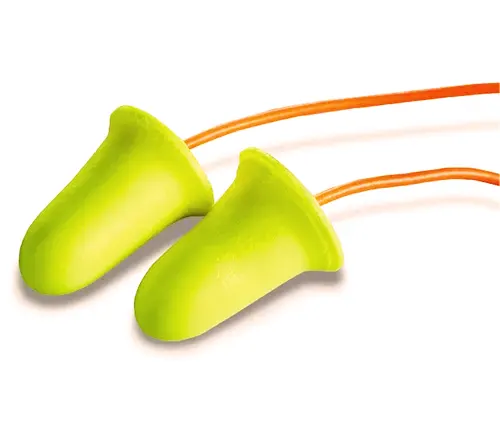

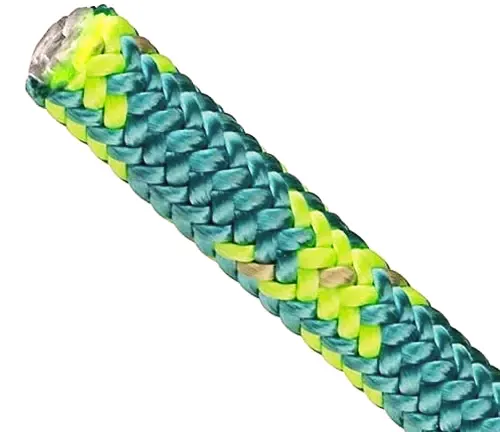

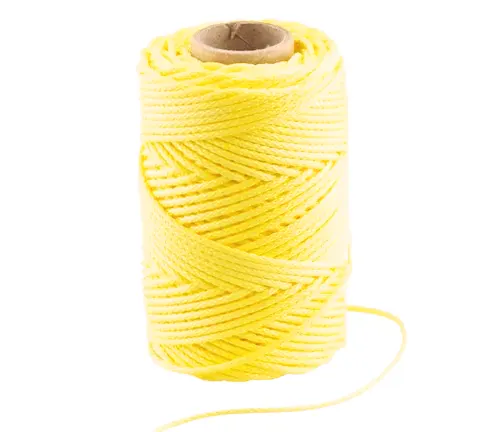
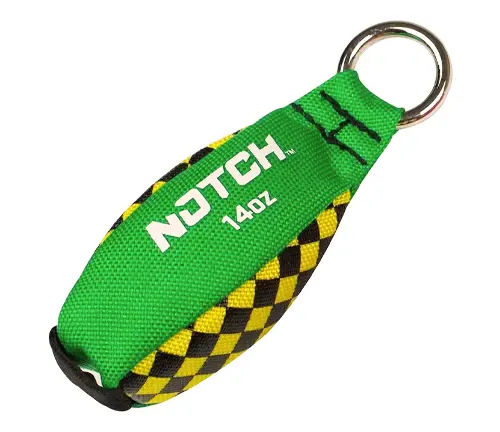
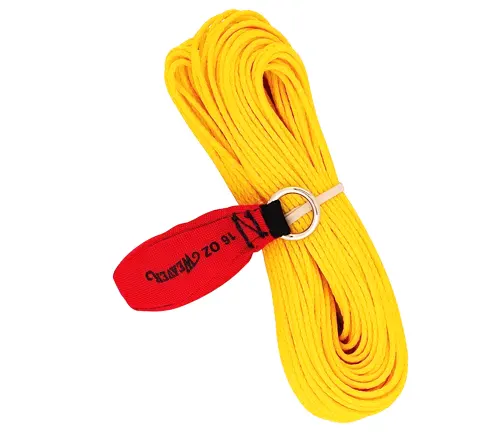
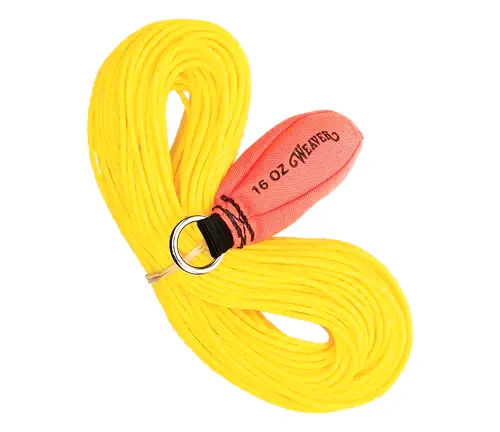
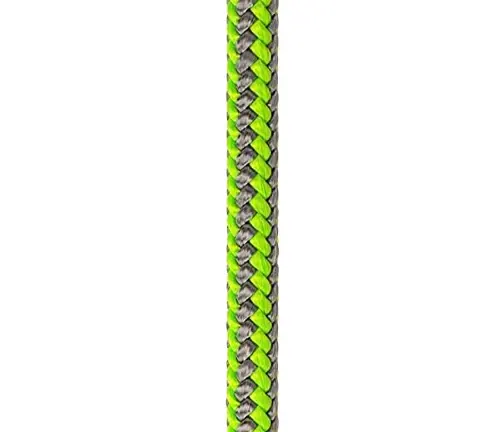
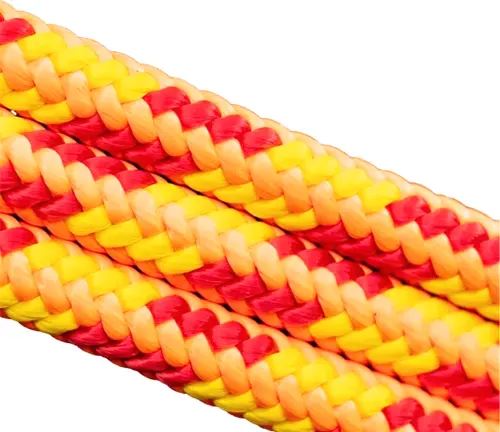
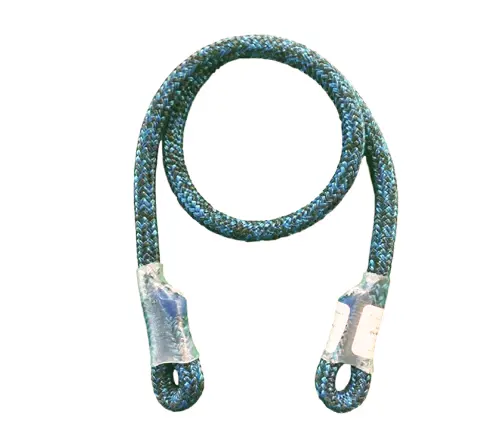
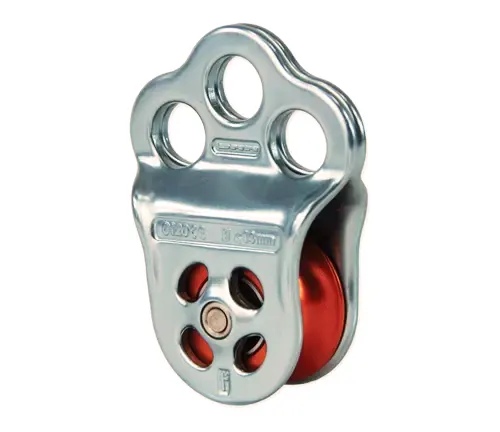
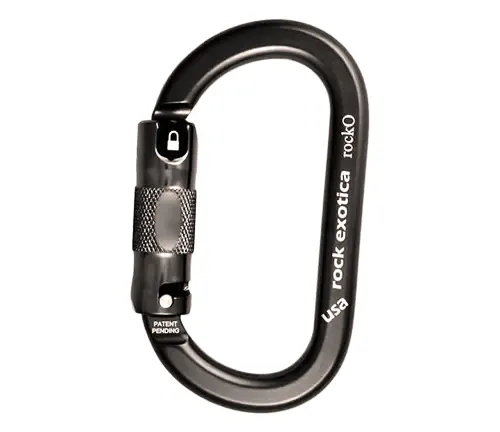

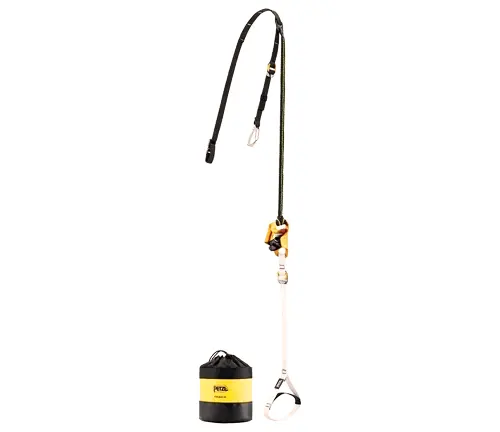
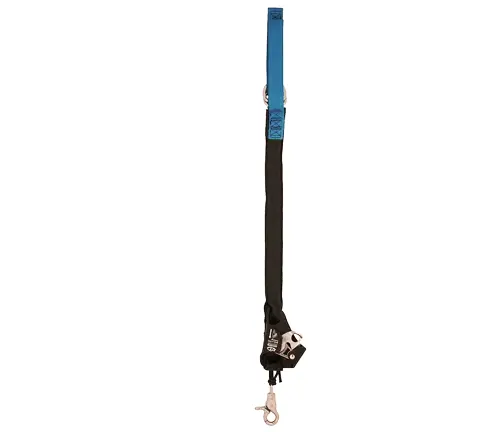
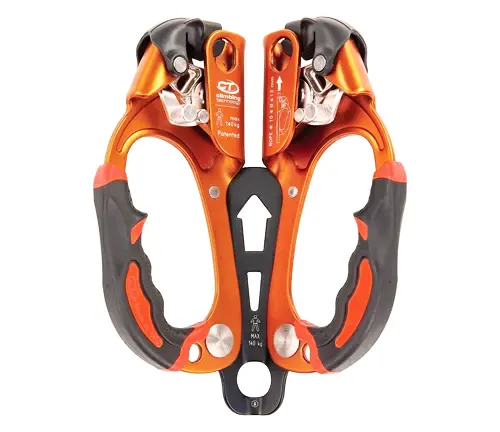
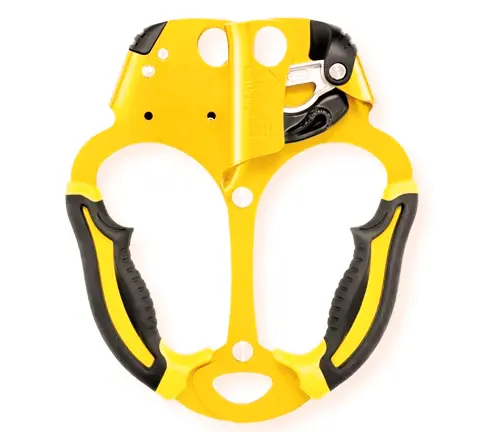
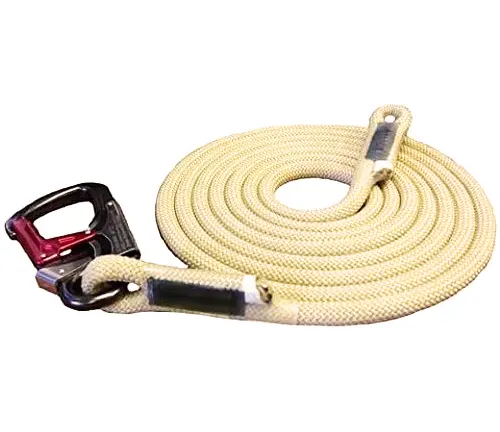

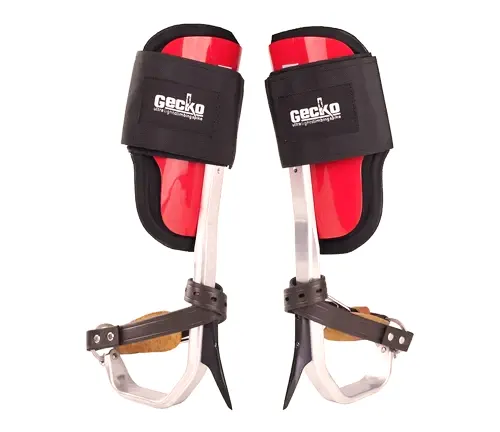
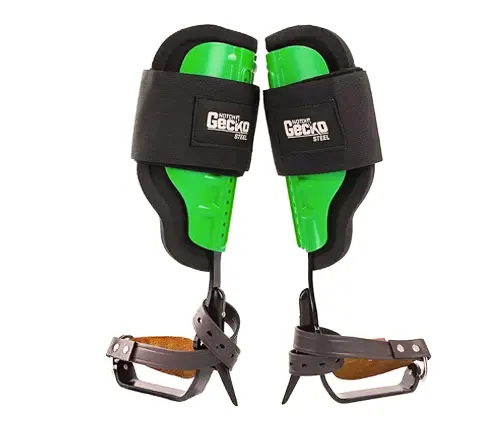
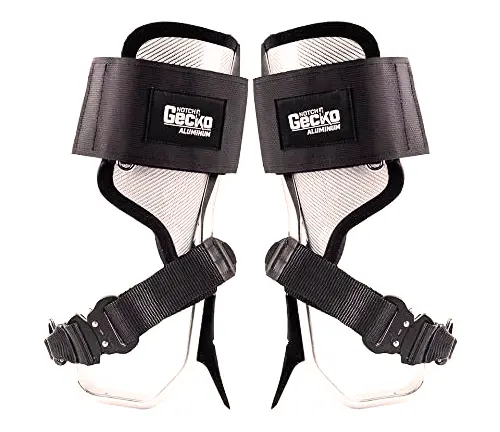
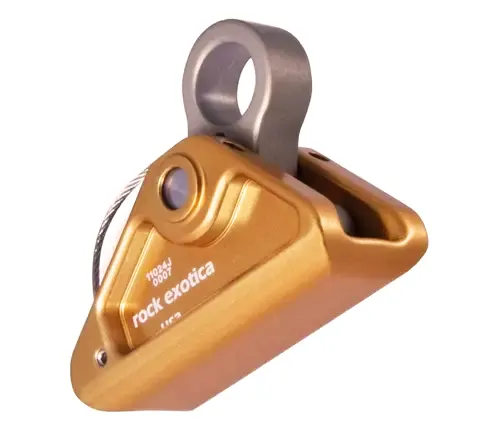
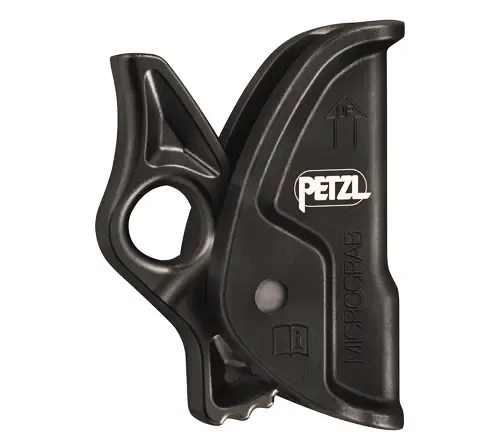
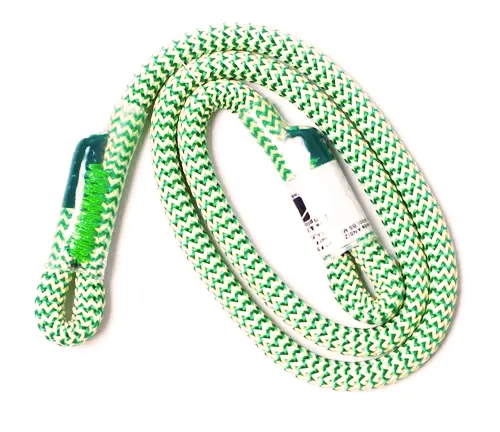
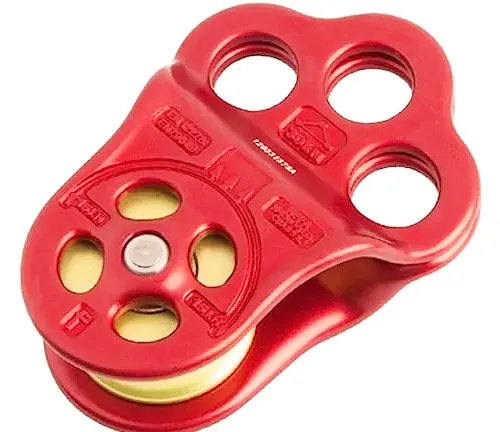
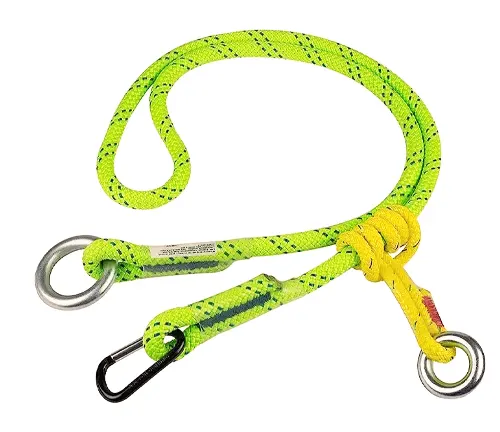
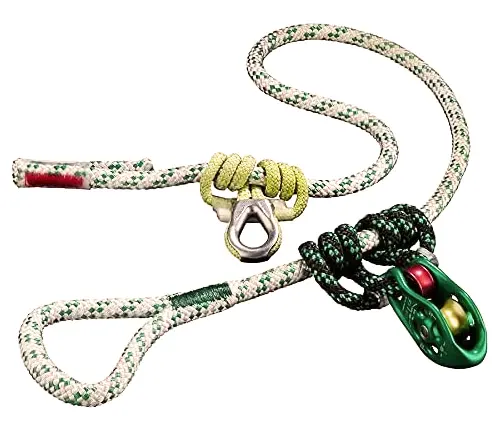
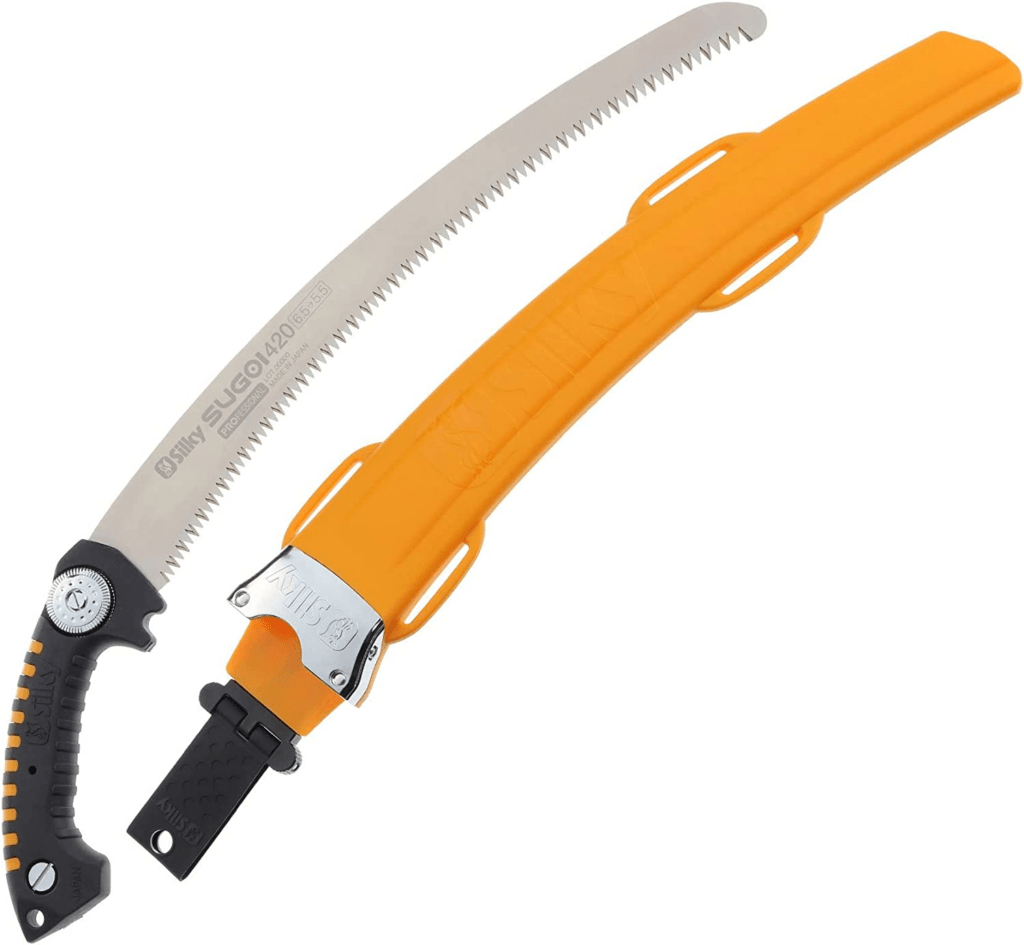
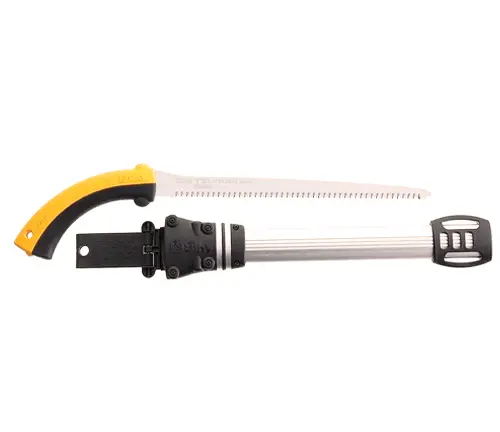

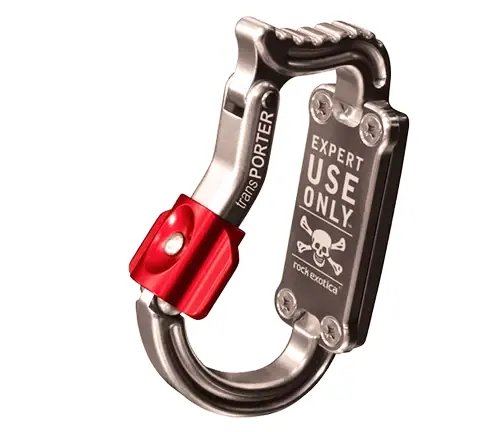
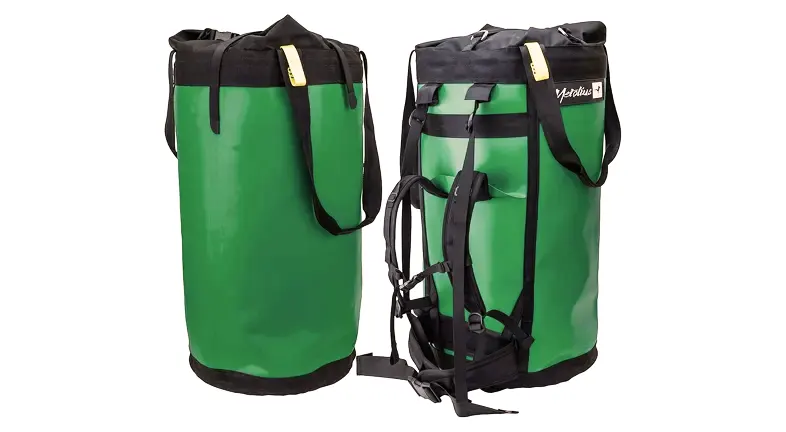


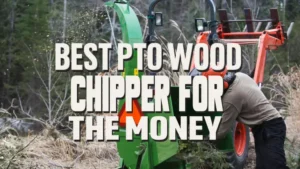
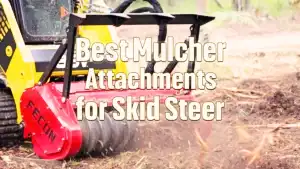




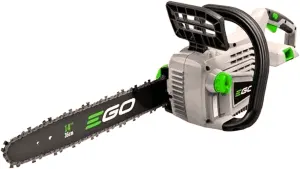
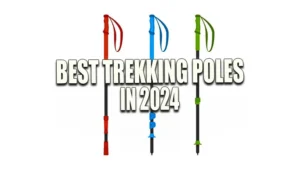



Some of these seem like paid adds over what is actually becoming a normal “standard”. #1&2 saddle I hear about is the Teufleberger TreeMotion and the MonkeyBeaver. Carabiner #1&2 are DMM and Petzl. I think the better more used rope grab would have to be ClimbRight. It’s cost effective and has an internal spring. People tend to hate the spring that is external. Catches the flip and then drags the spring into the ascender.
Tim
January 4, 2024 3:26 pm